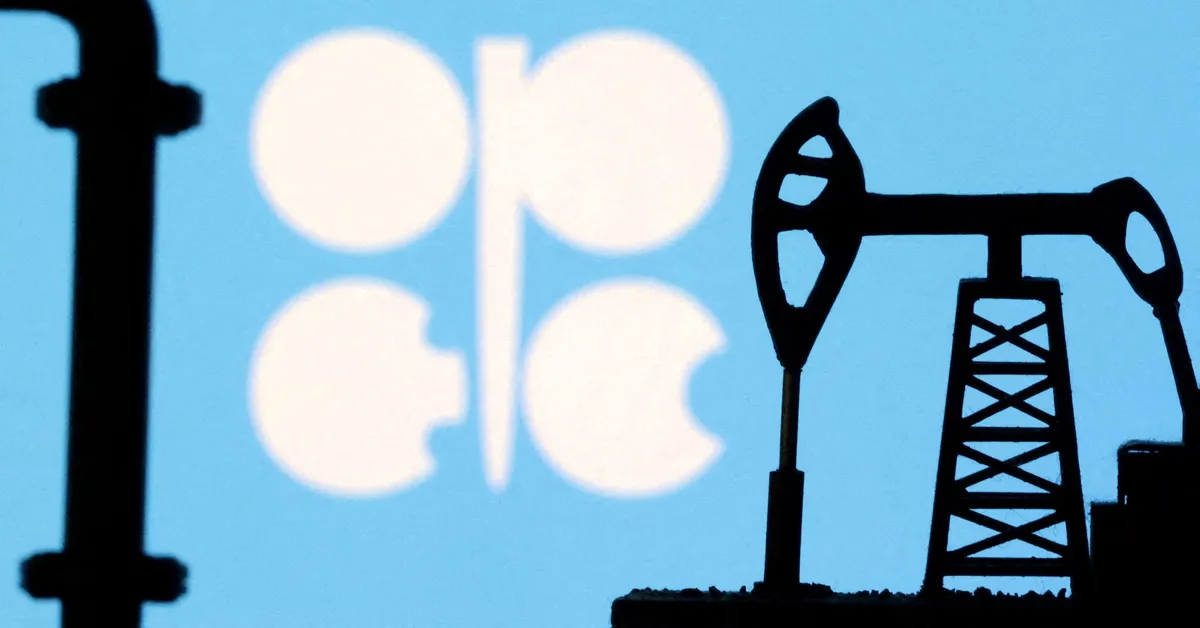
In a significant move, the OPEC+, the world's largest coalition of oil producers, has announced an increase in oil production by 411,000 barrels per day for July. This decision underscores their commitment to regain market share and penalize member countries that have exceeded their production quotas. After years of restricting output—by more than 5 million barrels a day, equating to 5% of global demand—eight OPEC+ nations have made a gradual yet decisive return to increased output.
Initially, these countries implemented a modest production rise in April, which was subsequently tripled for May and June, culminating in the current increase for July. Despite this uptick in supply putting downward pressure on crude prices, leading nations like Saudi Arabia and Russia are determined to reclaim their lost market positions while addressing the overproduction concerns from allies such as Iraq and Kazakhstan.
Analyst Harry Tchilinguirian from Onyx Capital Group commented on this strategic shift, stating that if prices do not meet revenue expectations, OPEC+ is betting on volume to drive profits. The online meeting held by the eight countries was focused on setting production levels for July while also exploring additional options for future production adjustments.
According to a statement from OPEC+, the decision to increase production was influenced by a stable global economic outlook and healthy market fundamentals, highlighted by low oil inventories. Currently, OPEC+ accounts for approximately half of the world's oil supply, and its recent production increases are impacting crude prices, affecting various producers differently—particularly the U.S. shale producers.
As noted by Jorge Leon, head of geopolitical analysis at Rystad, OPEC+ has made three impactful decisions this year: the increase in May, the confirmation in June, and the current decision for July, all of which signal a strong commitment to adjusting market dynamics. Since April, the total production increases announced by the OPEC+ coalition now total 1.37 million bpd, achieving 62% of their goal to reintegrate 2.2 million bpd back into the market.
With rising summer oil demand, OPEC+ officials, including Russian Deputy Prime Minister Alexander Novak, have indicated that this is an opportune time to boost output. The oil market remains tight, suggesting it can accommodate the additional barrels. However, the effective increase may be less pronounced since several countries within the coalition are already overproducing, and seasonal demand continues to rise, as per Giovanni Staunovo, an analyst at UBS.
During the recent meeting, Algeria was one of the few nations that proposed a pause on the output hikes, reflecting the diverse perspectives within the coalition. Notably, oil prices experienced a significant drop to a four-year low in April, falling below $60 per barrel. This decline coincided with OPEC+'s announcement of a tripled output hike for May and the economic uncertainty caused by U.S. tariffs under former President Donald Trump. As of Friday, prices closed just below $63 per barrel.
Looking ahead, global oil demand is projected to rise by an average of 775,000 bpd by 2025, according to a recent Reuters poll of analysts. The International Energy Agency also anticipates an increase of 740,000 bpd in its latest outlook. In addition to the 2.2 million bpd production cut that the eight member countries began to unwind in April, OPEC+ has two other layers of cuts that are expected to remain effective until the end of 2026.
This recent decision by OPEC+ reflects the ongoing complexities of the global oil market and the coalition's strategy to balance production levels while navigating changing economic conditions.